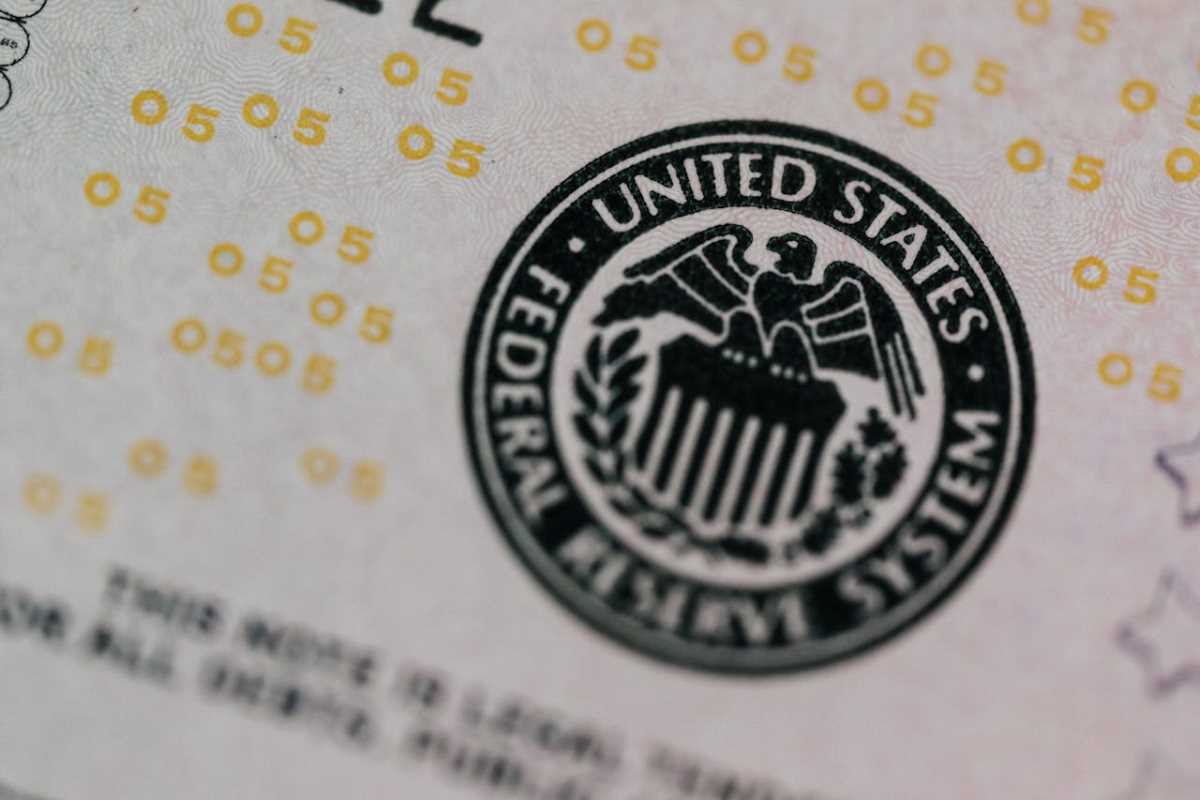In a world where credit cards and loans often seem like the default way to afford large expenses, saving for big purchases may seem outdated. Yet, paying in cash or using savings remains one of the best financial habits you can adopt. Avoiding debt saves you money in the long term and gives you financial peace of mind. By planning and adopting smart saving strategies, you can achieve your financial goals without relying on credit. This is how to save effectively for big-ticket items, whether a vacation, a new car, or home renovations.
Set a Clear Goal
One of the first steps to saving for a big purchase is understanding exactly what you want. A vague idea, such as “save for a vacation,” won’t motivate you as much as a specific goal like “save $5,000 for a trip to Europe next summer.”
- Be precise: Identify the item or experience you’re saving for, the total cost, and your timeline.
- Break it down: Divide the cost by the months you have until your purchase. For example, if you need $6,000 in a year, you’ll need to save $500 monthly.
Visualizing your goal can make it more tangible and motivating. Use images or reminders to keep you focused, such as a picture of your dream car or destination.
Create a Dedicated Savings Account
A separate savings account designated for your big purchase can help you avoid accidentally spending the money.
- High-yield savings accounts: Consider opening an account with a competitive interest rate to maximize your savings.
- Automate savings: Set up automatic transfers from your checking account to your dedicated savings account every payday. This “set it and forget it” approach ensures you prioritize saving before spending.
Cut Expenses to Boost Savings
Saving for a big purchase may require temporary lifestyle changes. Identifying and cutting unnecessary expenses can free up more money to allocate toward your goal. These are some ways to cut back:
- Reduce subscriptions: Cancel services you don’t use frequently, like streaming platforms or gym memberships.
- Cook at home: Save on dining out by meal prepping or cooking more often.
- Shop smarter: Look for sales, use coupons, and avoid impulse purchases.
Every small change adds up over time. Redirect these savings into your dedicated account to accelerate your progress.
Increase Your Income
If your current budget doesn’t allow for significant savings, consider finding ways to boost your income.
- Side Hustles
- Freelance writing, graphic design, or tutoring.
- Ride-sharing services like Uber or Lyft.
- Selling items online through platforms like eBay or Poshmark.
- Seasonal or Part-Time Jobs
Temporary jobs during the holiday season or on weekends can provide a short-term income boost that can help you fund your purchase faster.
Prioritize Your Savings
When saving for a big purchase, it's important to align your spending habits with your priorities. This may mean delaying or forgoing other discretionary expenses.
- Adopt a “needs vs. wants” mindset: Focus on necessities and cut back on luxuries until you reach your goal.
- Use windfalls wisely: Redirect bonuses, tax refunds, or gifts toward your savings rather than spending them on nonessential items.
Prioritizing your savings goal will help you maintain focus and reach your target sooner.
Track Your Progress
Keeping track of your savings can boost motivation and help you identify areas for improvement.
- Use budgeting apps: Tools like Mint, YNAB, or Personal Capital can help you monitor your spending and savings in real-time.
- Set milestones: Break your goal into smaller achievements. For example, celebrate when you’ve saved 25%, 50%, or 75% of your target amount.
Tracking your progress keeps you accountable and helps you stay excited about reaching your goal.
Avoid Common Pitfalls
While saving for a big purchase, it’s easy to fall into traps that can derail your progress.
- Impulse Spending
- Resist the temptation to dip into your savings for unplanned expenses. Keep your goal in mind and avoid impulse purchases.
- Unrealistic Expectations
You may feel discouraged if your timeline or savings target is overly ambitious. Adjust your plan to make it achievable. For example, extend your timeline or reduce the cost of your purchase by exploring cheaper alternatives.
Make It a Team Effort
If your big purchase involves your family or partner, involve them in saving. By working together, you can pool resources and stay motivated.
- Shared budgets: Create a joint savings account or agree on shared contributions toward the goal.
- Collaborative cuts: Identify areas where everyone can reduce expenses, such as eating out less often or canceling unnecessary subscriptions.
A team effort lightens the financial load and strengthens commitment to the goal.
Benefits of Saving Over Credit
Saving for big purchases instead of relying on credit has significant advantages:
- Avoid debt: Paying in cash eliminates interest payments and reduces financial stress.
- Better deals: Sellers may offer discounts for cash payments, saving you money.
- Financial discipline: Saving requires planning and restraint, which are valuable long-term habits.
These benefits make saving a more sustainable approach to achieving your financial goals.







